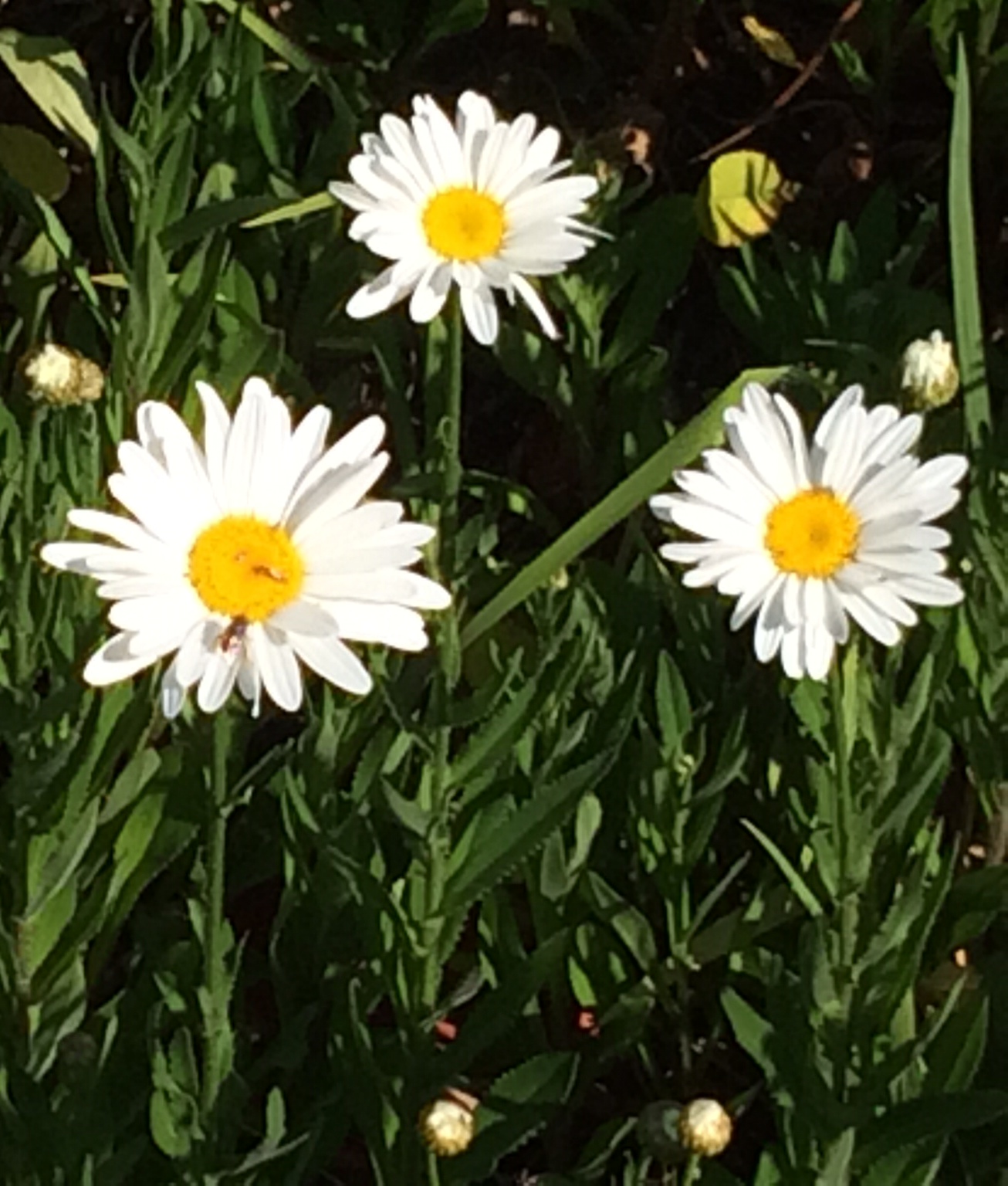Blog
Grow flowers and Save Bees

Surround yourself with beauty (and save the world)
You know that you can save your psyche, soothe your jaded senses and generally perk yourself up with your daily (or weekly) dose of cut flowers in the home or office. But did you know you can save the whole world by allowing a range of flowers to do their thing in your garden, or on your deck or window ledge?
That ‘thing’ you need to let flowers do is attract and feed bees, both native bees and honey bees.
The most common bees we see in our gardens are not native bees; they’re imported European honey bees (Apis mellifera). Honey bees far outnumber native bees, of which there are estimated to be 1,500–2,000 species. Unlike their imported cousins, our native bees are mostly solitary creatures, with only a few living in nests or storing honey.
The sheer number of honey bees and their ‘busy’ behaviour has resulted in most native and introduced plants (including those that feed us) now being pollinated by them. Most of our food (and many other products) depend on bee pollination. Bee keepers now earn much more of their income from providing ‘rent-a-bee’ pollination services to orchardists and food growers than from producing honey. Over 50% percent of all our supermarket produce depends in some way on bees and pollination.
Bee populations in parts of Europe and America are in catastrophic decline in what has been named Colony Collapse Disorder (CCD). CCD involves the disappearance of all the bees from healthy hives on unprecedented numbers of occasions.
It’s now thought that a parasite, the Varroa mite, is partially responsible for CCD: it attacks the bees and their larvae deforming or weakening them, making them susceptible to viruses and ultimately destroying them and the hive. Preventing the death of the bees in a hive involves the use of chemical sprays which themselves can have an effect on the bees.
Insecticides used to control other pests also affect bees and weaken them, making them susceptible to viral and other attacks. The residues from sprays can make its way into nectar and pollen of the plants they’re used on.
Large scale mono-culture cropping also affects bees because they have access to a less diverse and rich ‘diet’ as they zoom about the crop. The crops also need more insecticides and pesticides than diverse plantings, so there’s a vicious cycle of ‘bee damage’.
The Varroa mite exists everywhere except Australia and organisations such as the CSIRO are working hard to prevent it entering Australia and to work out ways to stop it damaging honey bees. According to the CSIRO site thousands of honey bees in Australia are being fitted with tiny sensors to monitor the insects and their environment with the aim of improving honey bee pollination and productivity on farms and helping scientists understand Colony Collapse Disorder.
Meanwhile, back in the garden, we can all do our bit for survival of bees by growing a diverse range of colourful, differently scented flowers all year round. Ornamental plants in the daisy family are great, Cosmos is particularly brilliant and so are marigolds. Obviously rosemary, lavender, sage, thyme and other herbs provide profuse flowers, but the flowers of some vegetables and annual herbs are also very attractive to bees: try letting some of your carrots, cabbages, kale, mustard, basil, Asian greens, radishes, flat-leaf parsley, rocket and dill flower then seed (you’ll be ab le to use the seeds for the next crop, too). And while you’re at it, grow some traditional varieties of your favourite ‘cut’ flowers so you have something to admire inside when you’ve finished admiring your save-the-world efforts outside.
To find out more about CCD, search the following sites for ‘bees’, ‘beekeepers’ or Colony Collapse Disorder: www.naturalnews.com; www.csiro.au; www.diggers.com.au